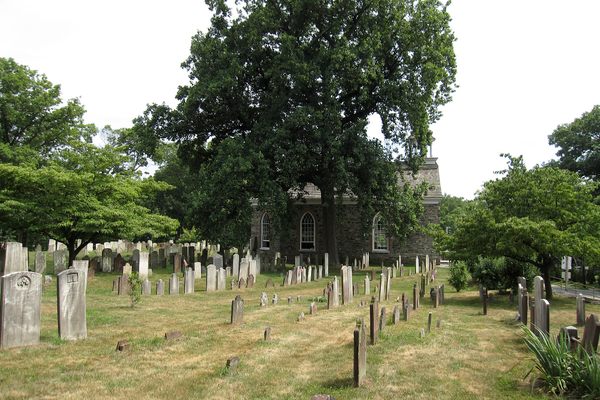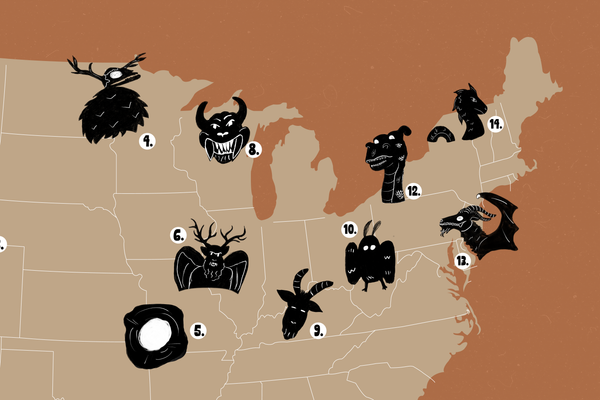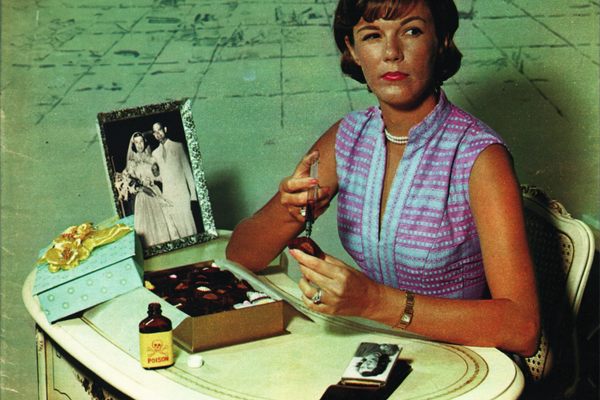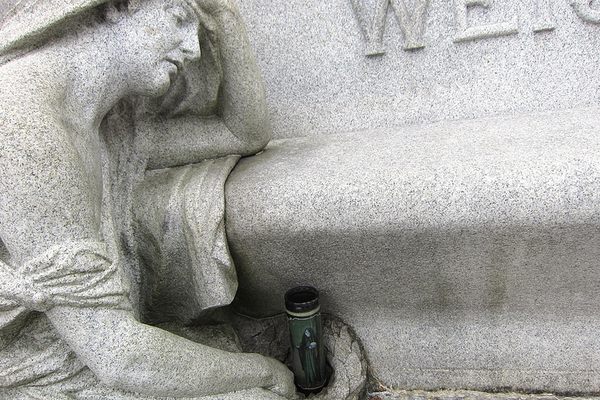In Sleepy Hollow, Life Imitates Legend
How a New York town made its fictional identity a reality.
In 1820, Washington Irving invented a town. In his short story “The Legend of Sleepy Hollow,” Irving described the title village as a peaceful hamlet near the shore of the Hudson River, some two miles from Tarrytown. There, he wrote, amid groves of walnut trees and star-speckled skies, residents happened to be prone to “trances and visions, and frequently see strange sights, and hear music and voices in the air.” The whole place was “enchanted.”
Irving, a Hudson Valley boy, modeled his Sleepy Hollow on the village of North Tarrytown, which was home to many of the rubble stone-and-mortar haunts he describes in the story. The old Dutch church, which figures prominently in the tale, has been standing there since the late 1600s.
Irving’s tale earned passionate fans, and they showed up in North Tarrytown to see the sights, real and imagined. As early as 1900, one local writer noted that Irving’s words were becoming a boon. “It seems safe to say that all other agencies together have not brought as many people into this region as the ‘Legend of Sleepy Hollow’ has,” he reported.
The town has long been proud of its legacy—local fire engines have carried images of the Horseman on their doors for decades. But 20 years ago, local leaders decided to double down on spooky tourism by rebranding in the image Irving had conjured.
Following a popular vote, North Tarrytown was officially renamed Sleepy Hollow in 1996. Fittingly, the bell of the Dutch church pealed to commemorate the occasion.
If you visit Sleepy Hollow today, you probably won’t be chased through the dark woods by a beheaded Hessian soldier—but you’ll definitely see the Horseman. He’s everywhere, all year round, though never more so than the weeks around Halloween. In the video above, Atlas Obscura went to Sleepy Hollow to learn just how the town turned fiction into reality.
Subscribe to our YouTube channel to explore more Atlas Obscura videos.


























Follow us on Twitter to get the latest on the world's hidden wonders.
Like us on Facebook to get the latest on the world's hidden wonders.
Follow us on Twitter Like us on Facebook